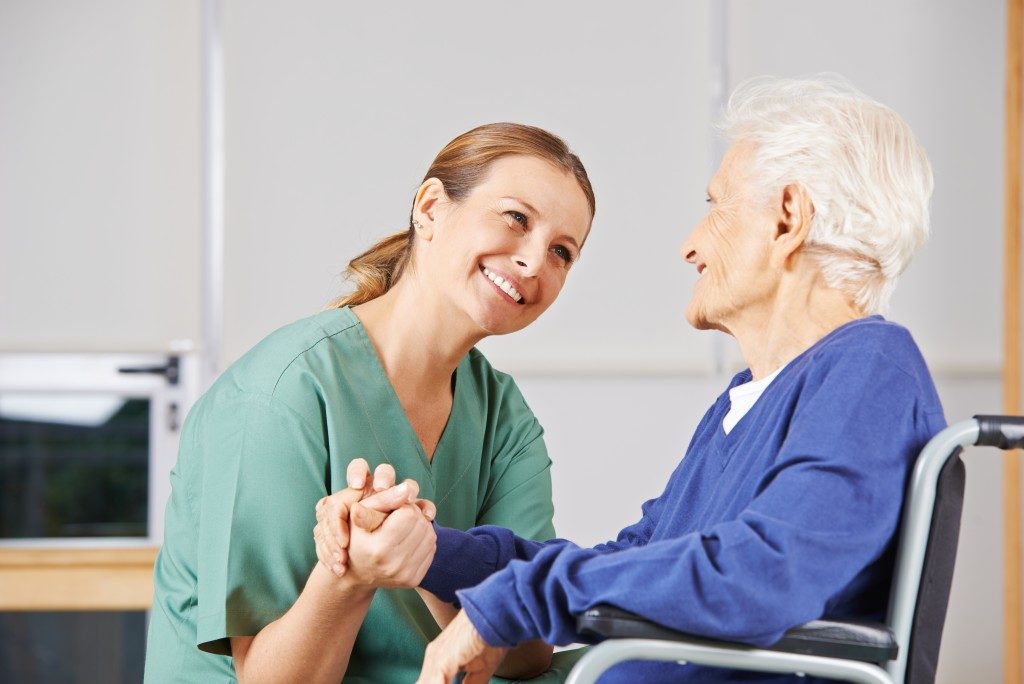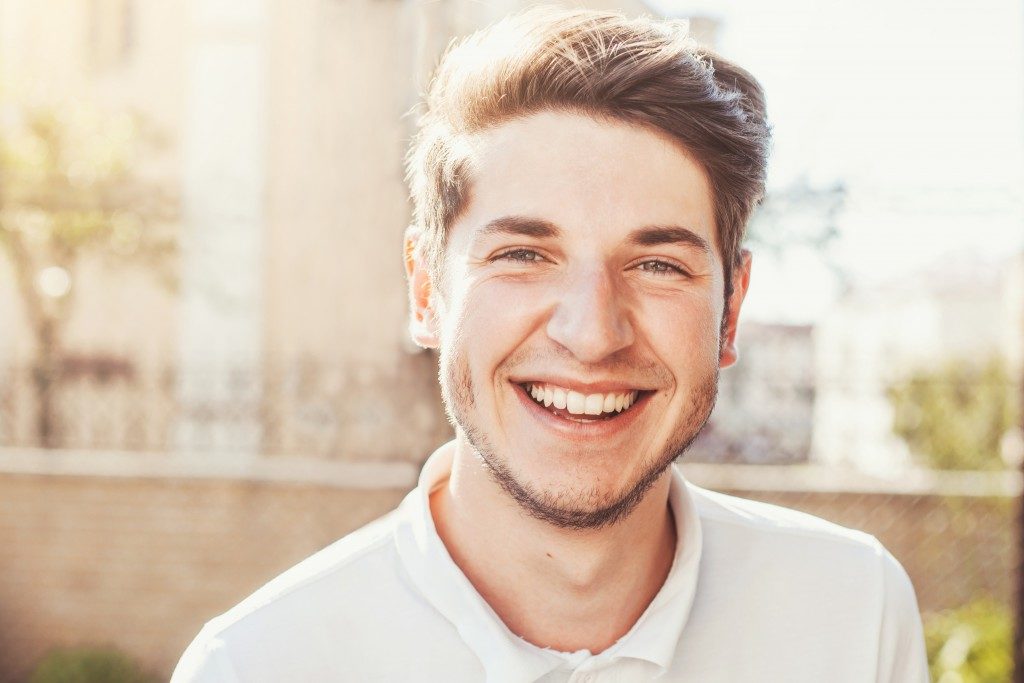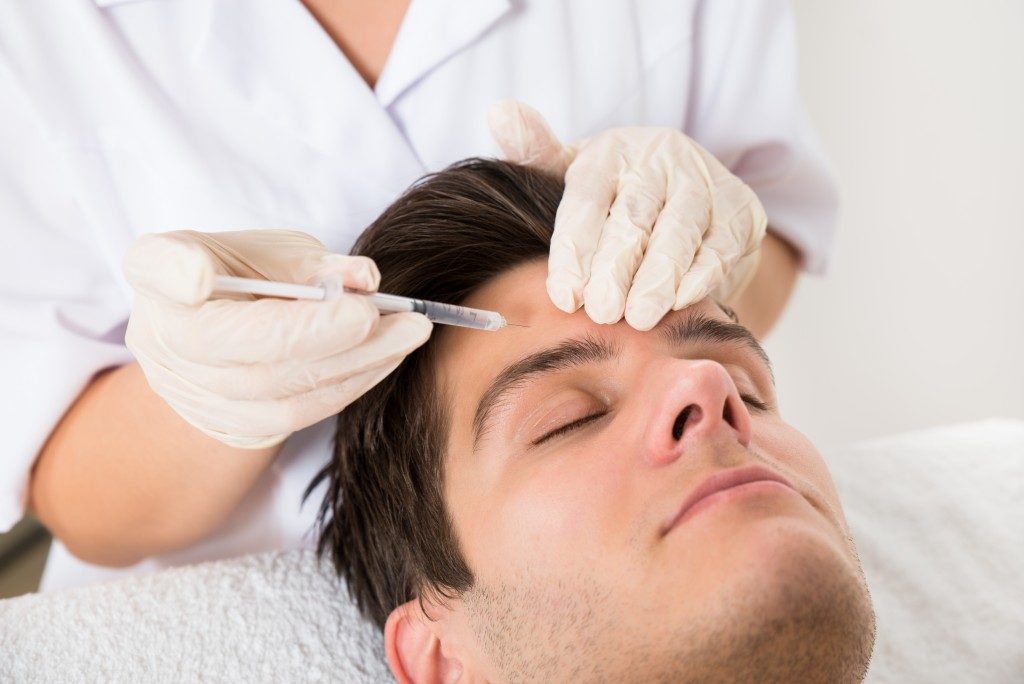If you have sustained brain damage because of a stroke, you can expect the way you feel, move, speak, or think to change. The effects are most noticeable after your stroke, like fatigue, but the severity will depend on the intensity or level of your episode.
Majority of stroke survivors will improve over time. Do note though that while stroke rehabilitation therapies can significantly help, they can’t reverse or cure brain damage. The primary goals of rehab are to aid survivors to live independently and adjust to their new normal.
That said, survivors might need one or a combination of the following therapies.
Physical Therapy or PT
Loss or reduced muscle function or paralysis is common amongst stroke survivors. Physical therapy could help patients regain their mobility, balance, coordination, and strength. It is vital to find a physical therapy professional in Chandler, AZ, who has experience working stroke patients for best results.
Speech Therapy or ST
Stroke patients might also have difficulty talking, understanding other people talk, or organizing their thoughts. Speech therapy may help survivors relearn essential communication and language skills. Sessions might include repetition of words, writing exercises and reading exercises.
Occupational Therapy or OT
Occupational therapists help survivors relearn necessary life skills they need to live independently after having a stroke. These skills include bathing, prepping meals, doing house chores, driving, etc. Through occupational therapy sessions, therapists can also help survivors regain control over their bowel movements and bladder.
Psychological Counseling

Having a stroke could result in various chemical changes in your brain that will, in turn, impact how you behave, feel and think. And for many stroke survivors, rehabilitation could be a very long and arduous process. Even after completing rehab, some patients will have to live with disabilities of varying levels.
Plenty of patients might also need continuous counseling and drug therapies to resolve issues like anger, frustration, anxiety, and depression. You must determine and treat these issues early on in the rehabilitation process as possible.
This because research has shown that depressed stroke patients have a reduced chance of following through the rehabilitation process.
Other Crucial Things to Know
Stroke rehab typically begins in the hospital and may go on for weeks, months or several years, depending on the specific impacts on the survivor. In survivors who are fortunate enough to be considered stable, the rehab process might start within two days following the stroke episode.
They must continue as required after being released from the hospital. Many rehab options are available, and the most appropriate one would significantly depend on the severity of the survivor’s post-stroke condition, these include:
- Home rehab therapy.
- Outpatient therapy.
- Rehab center with a personalized inpatient rehab program.
- Sub-acute care facility.
- Rehab unit in a center or hospital with a customized inpatient rehab program.
- Long-term care center or facility that offers nursing care and a rehab program.
Keep in mind that the primary goals of stroke rehabilitation therapies are to maintain and improve daily living skills and body functions. This is to ensure that a patient could become independent for as long as possible. It is therefore very vital that the rehab process be done in a manner that motivates the patient and preserves his or her dignity.









